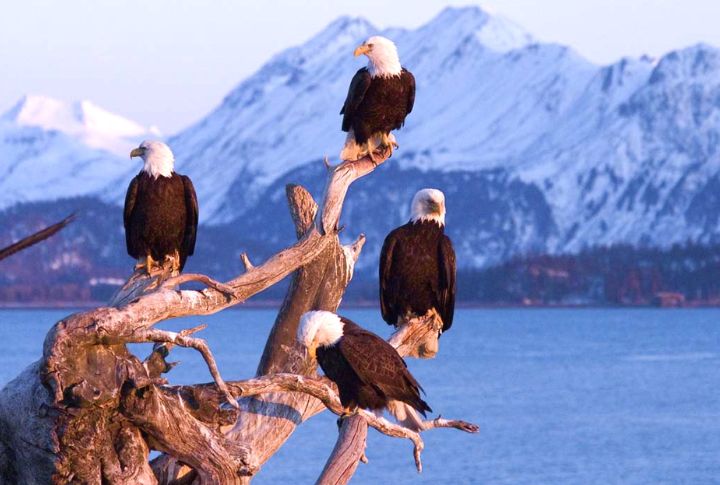
Bald eagles are no longer rare sightings—they’re reclaiming their territory across the U.S., soaring above rivers, lakes, and coastlines like they own the place. Some states even stand out for making room for their comeback. Ready to meet America’s most dramatic neighbors with wings?
Alaska

No state rivals Alaska’s bald eagle population, estimated at over 30,000 pairs. Glacial coastlines, rich estuaries, and dense coniferous forests provide uninterrupted habitat. Along the Chilkat River, hundreds gather in winter to feed on late salmon runs, creating one of the world’s largest seasonal eagle congregations.
Minnesota
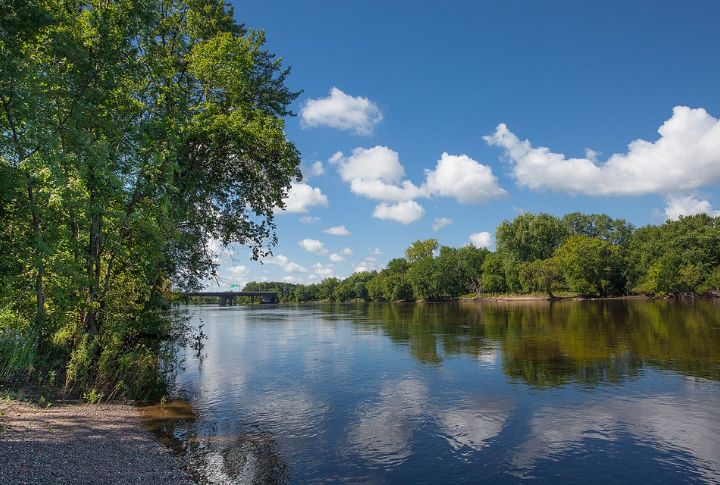
With nearly 9,800 pairs spread across its lake-studded countryside, Minnesota serves as a continental stronghold for bald eagles. Abundant fisheries (such as Lake Mille Lacs and the Mississippi River) and long-term protection efforts, particularly at Wabasha’s National Eagle Center, have fostered a sustained recovery.
Ohio
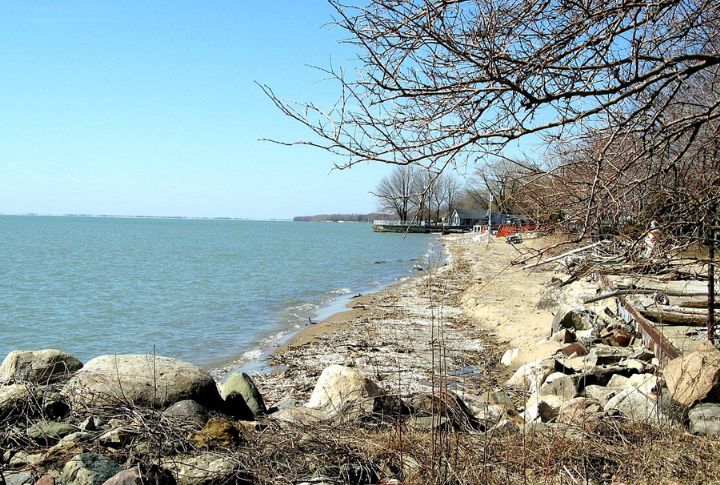
Ohio’s wetlands and river systems provide ideal nesting sites. The state’s bald eagle population has rebounded dramatically since the 1970s, thanks to habitat restoration and pollution control. Today, the Sandusky Bay area and Lake Erie shores host thriving eagle communities, offering excellent viewing opportunities.
Michigan
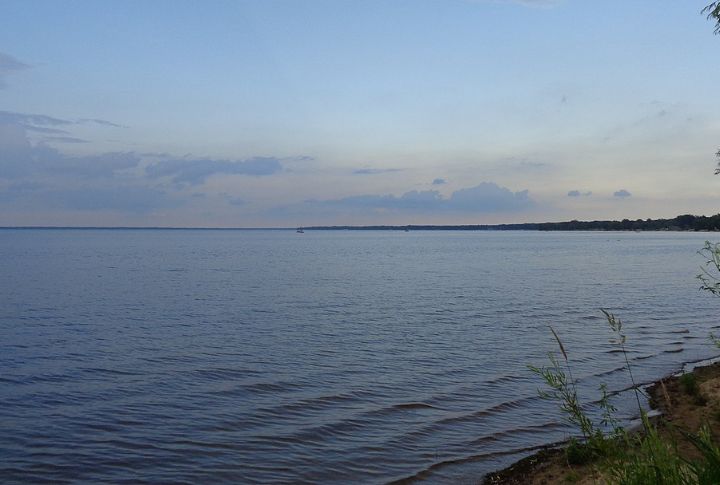
Home to more than 900 nesting pairs, Michigan benefits from an exceptional mix of clean freshwater systems and forest cover. From the Upper Peninsula to suburban wetlands, bald eagles flourish across diverse environments. Notably, eagle productivity has been generally strong around Saginaw Bay and inland lakes like Higgins and Houghton.
Montana
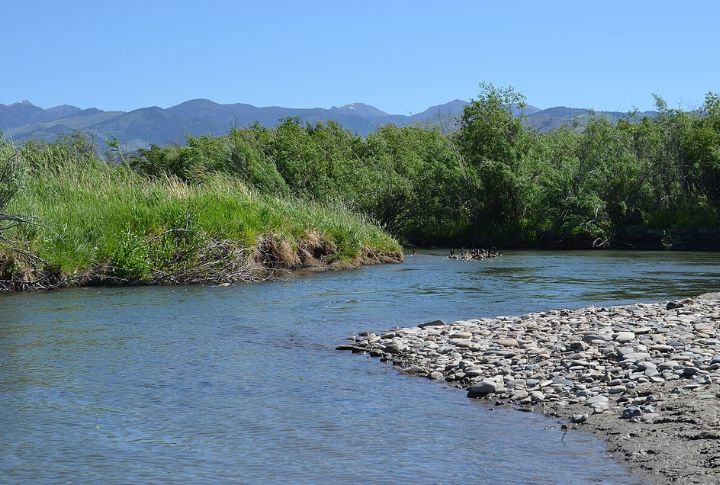
Montana’s wide-open spaces and riparian zones are home to over 800 bald eagle pairs. Organizations such as the Montana Council’s Conservation Committee have played a significant role in preserving eagle habitats. Additionally, conservation initiatives that entail safeguarding nesting sites have further contributed to these winged predators’ survival.
Maine
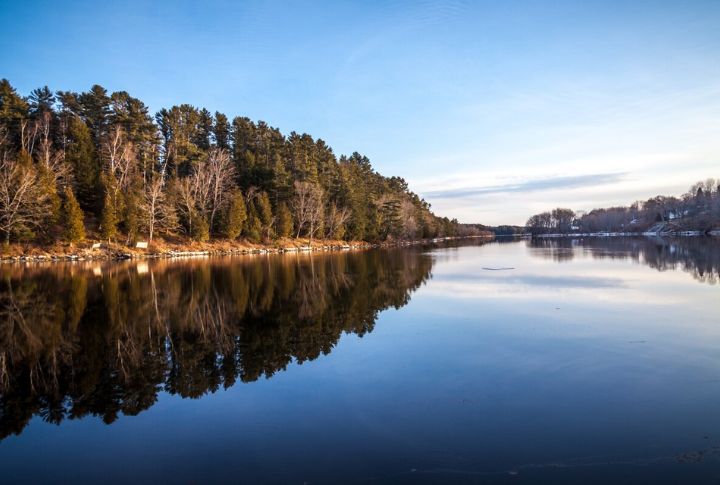
Maine’s bald eagle numbers, roughly 800 pairs, reflect decades of habitat protection along its rugged coastline and river systems. The Penobscot and Kennebec Rivers provide rich foraging grounds throughout the year. In spring, islands in Casco Bay even host dozens of nests, often visible from a respectful distance by boat.
Oregon
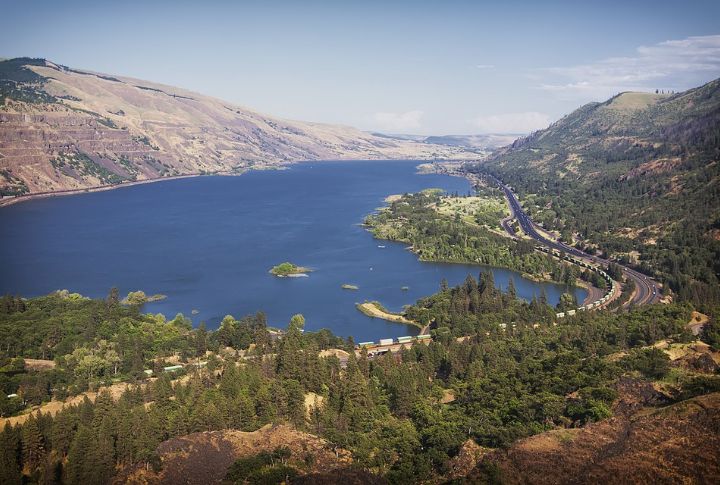
Over 570 pairs occupy Oregon’s forests and lakes, with the Columbia River Basin supporting dense nesting territories due to ample fish stocks and tall nesting trees. Reproductive success rates here have remained stable for over a decade, following raptor protection measures like retrofitting power lines to prevent accidental electrocution injuries.
Missouri
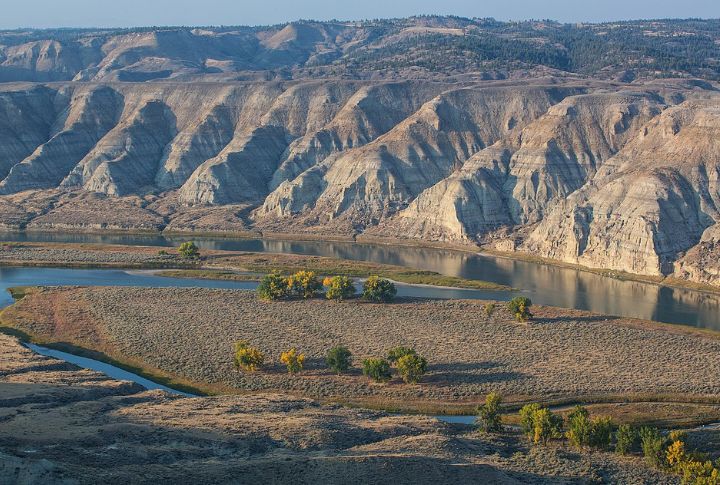
Each winter, Missouri becomes a migratory stopover for thousands of eagles, but over 500 pairs nest here permanently. The confluence of the Mississippi and Missouri Rivers creates nutrient-rich wetlands, essential for year-round survival. Breeding activity peaks from December through February—often visible at riverfront parks and refuges.
California
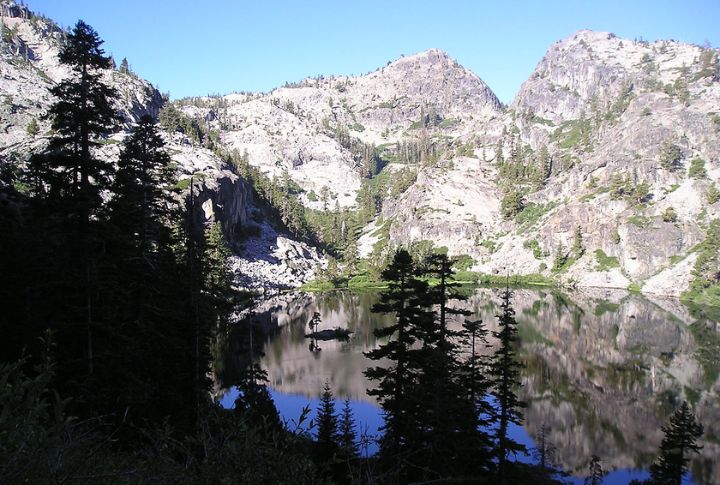
California hosts nearly 500 nesting pairs of these once nearly extinct regal raptors. Recovery efforts centered around northern inland water bodies like Eagle Lake have led to a population upsurge. Strict protection measures have further fostered widespread nesting, even near Yosemite Valley, where cliffside territories are regaining their hold.
Oklahoma
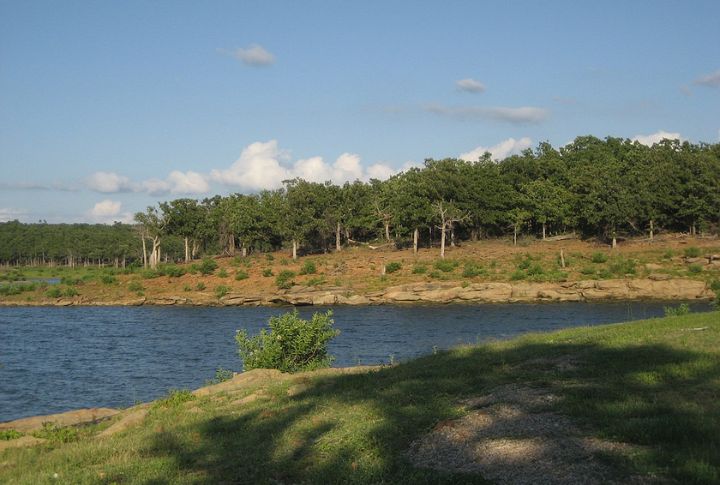
Bald eagle populations in Oklahoma are found concentrated near large reservoirs like Keystone, Grand, and Eufaula Lakes. Widespread habitat restoration and improved water quality have also fueled their consistent growth. While many birds winter here, increasing numbers now stay through the breeding season.
